African-American spirituals are a valuable part of American history. Born out of an oral tradition that reveals Christian values while describing the hardships of slavery from the period of 1600 to 1870, the music and melodies of these songs are still being performed and appreciated today.
The negro spirituals are usually sung as part of Black History Month, which is observed during February each year.
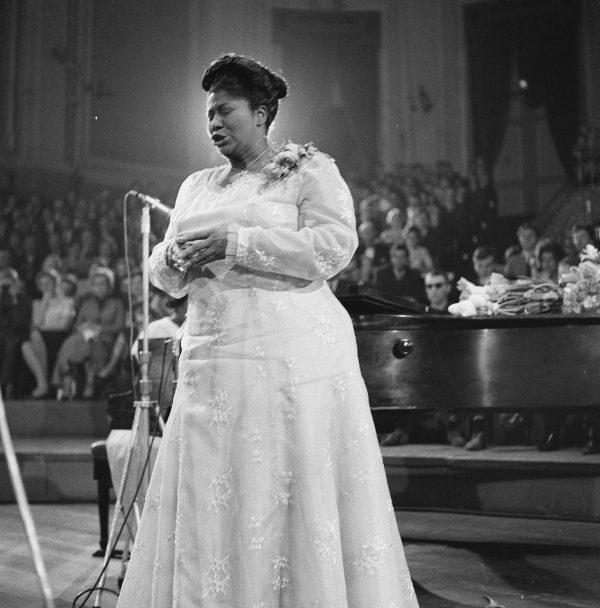
African cultural traditions, which include drumming and dance, were brought with them from West Africa.
As their music was forbidden by European masters, the slaves took to the hills and valleys, singing and playing their instruments by rivers and secret worship houses.
Lyrics are accompanied by plaintive melodies, and are created in a “call and response” format.
Themes of love, forgiveness, compassion, judgment, death, and eternal life weave a ribbon of faith throughout the music, and furthermore call upon slaves to “walk with God.”
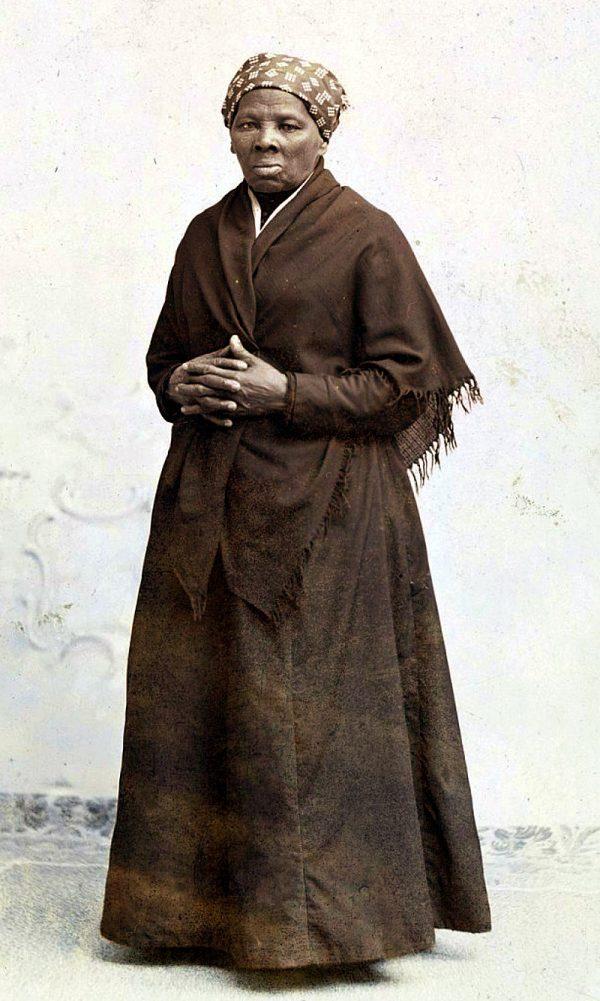
The songs were born from pain and a yearning for justice and freedom. Interestingly, secret code words in the songs’ lyrics were used strategically for the very purpose of obtaining freedom.
For example, the song “Swing Low Sweet Chariot” was used by Harriet Tubman, an American abolitionist and political activist, to warn slaves of danger or to tell them that it was safe to come out of hiding.
Tubman herself was an escaped slave and made around 13 missions to rescue family and friends using the network of antislavery activists and safe houses known as the Underground Railroad.
Another example is the song “Wade in the Water,” which too was to warn escaping slaves to leave the trail and get into the water to deter the dogs of slave catchers.
To the slaves, “Crossing the River Jordan” meant crossing the Ohio River, going North, and gaining freedom.
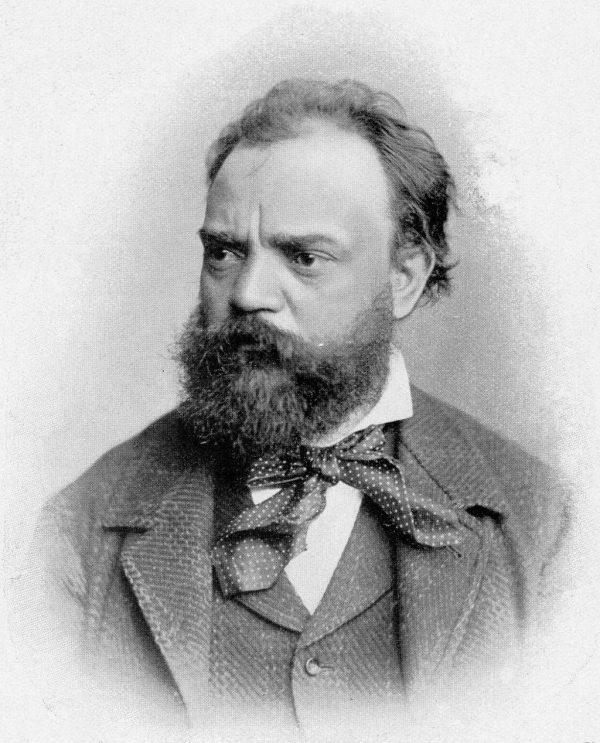
When classical Czech composer Antonin Dvorak was touring the United States in 1893, he conducted research on Negro melodies.
“They are pathetic, tender, passionate, melancholy, bold, merry, gay, or what you will. There is nothing in the whole range of composition which cannot be supplied from this source…I am satisfied that the future music of this country must be founded on what is called the Negro melodies.”
On another occasion, Dvorak added that they were “as great a melody as any Beethoven wrote.”
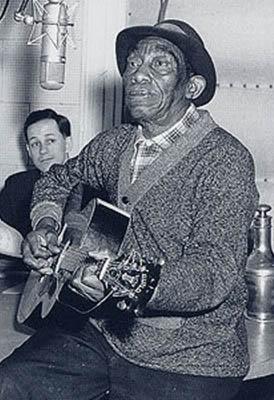
Many African-American spirituals have a melody and rhythm intended to be heard and felt.
Due to limited education, the lyrics are mostly repetitious and written in a slave dialect. Nevertheless, the message and charm are undeniable, such as songs like “Is Massa Gonna’ Sell Us Tomorrow?” and “Sometimes I Feel Like a Motherless Child.”
American spirituals are a captivating American art form and have been performed by musicians such as Mahalia Jackson, Louis Armstrong, Bessie Smith, Mississippi John Hurt, Pete Seeger, Bessie Smith, Marvin Gaye, and many, many more.
Moreover, this unique genre of music radiates healing and comfort to the brokenhearted, and delivers a message of hope and freedom to the oppressed.

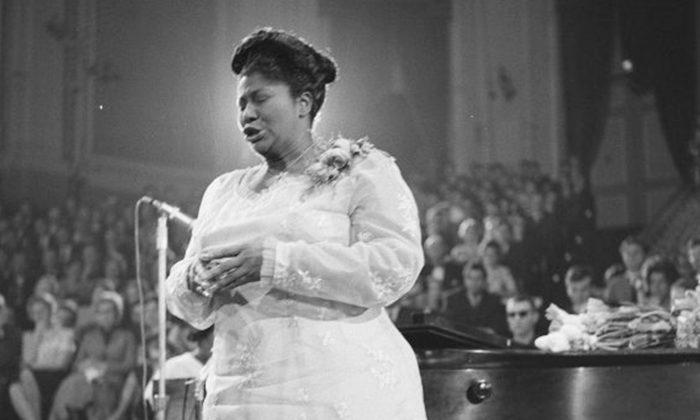

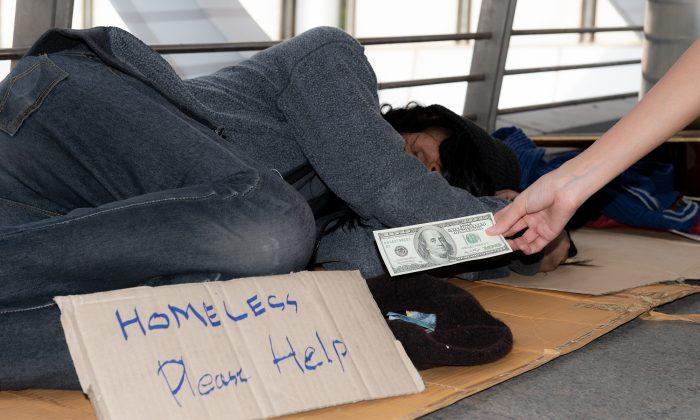


Friends Read Free